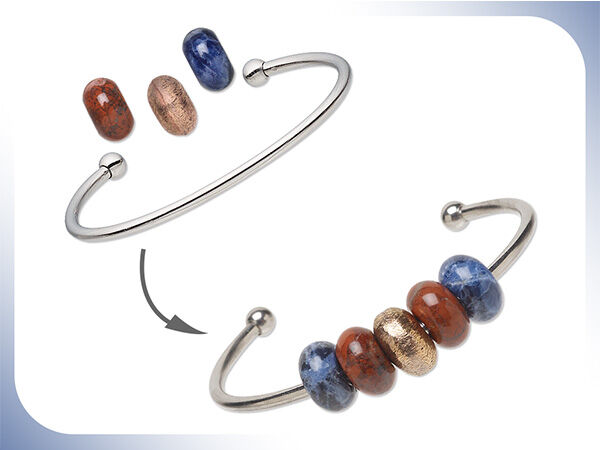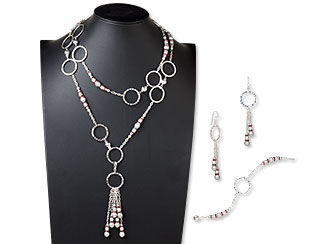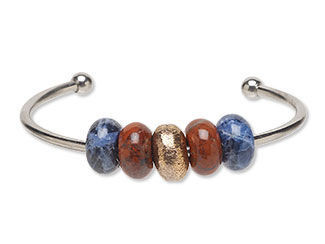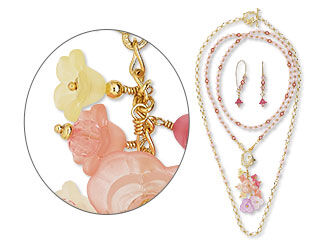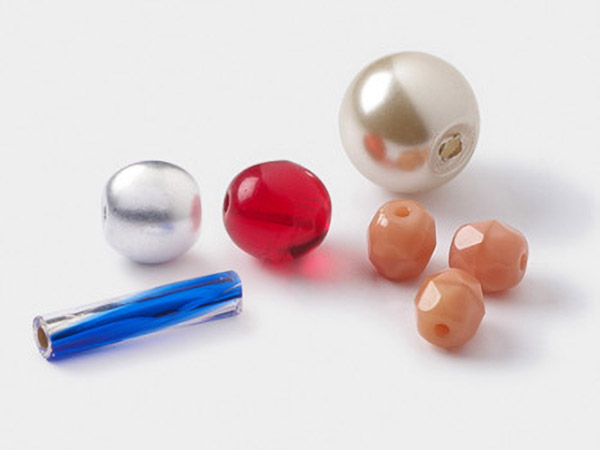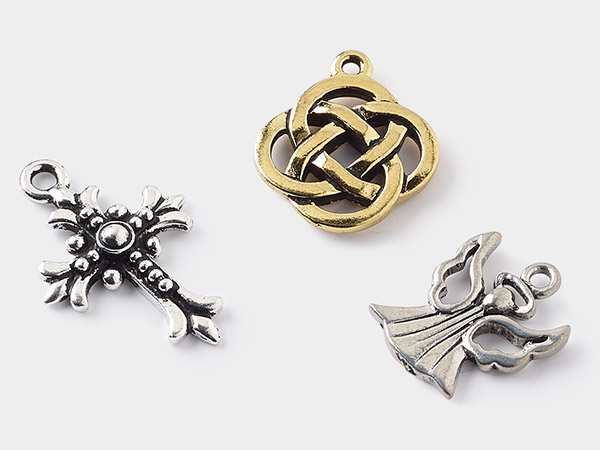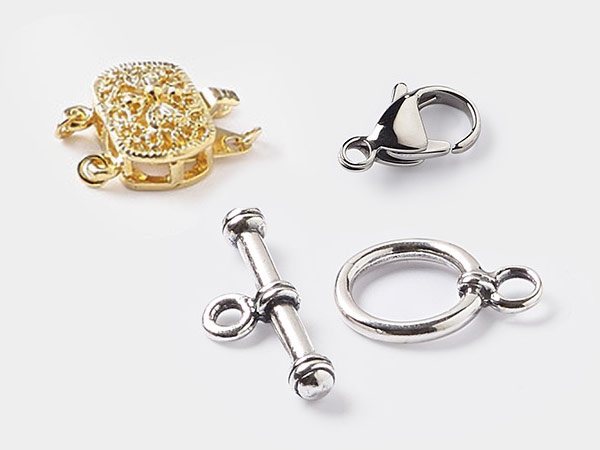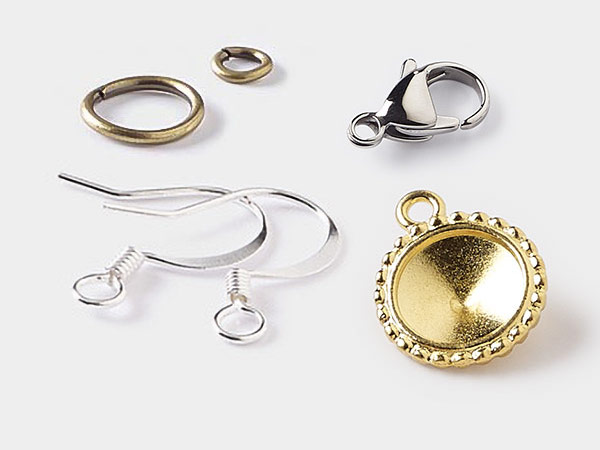Transformable Jewelry
How can a piece of jewelry be both a bracelet and a necklace, or a charm, pendant or pair of earrings during its life? The answer is transformation. Transformable jewelry has the ability to change its purpose and design function on command. However, like a Transformer toy that goes from being a car to a robot and back again, the change is not permanent. An example of transforming a necklace into a bracelet (or vice-versa) is shown here:
Transformable jewelry probably first occurred in ancient times when a woman presented a man with her ring as a show of affection. Finding the ring too small to fit on his finger, he strung it on his necklace, and the ring became a pendant.
In recent times, transformable jewelry has become a huge trend, with many jewelry designers adapting to it. Shoppers demand more bang for their buck, and this heavily influences the creation process for jewelry lines. Designs must accomplish astonishing feats by demonstrating double duty and delivering the nearly impossible—the ability to be anything at any time. Transformation!
Designers strive to outmaneuver their competitors with inventive adaptations of jewelry styles that blur the line between bracelet and necklace or pendant and charm, known as transformable jewelry or chameleon jewelry. Consider the build-it-yourself capabilities of the large-hole bead phenomenon: it can transform a mere bowl of coordinated beads and charms into the "bracelet of the day" or a necklace that matches an outfit in a five-minute time span.
How Do You Create Transformable Jewelry?
While it is up to your creative genius to plan and design your signature innovations, here's a secret to achieving transformability: creative placement and combination of clasps and other useful findings. The basic element for duality and interchangeability is the clasp—the indispensable clasp.
A good design is made better for jewelry metamorphosis by careful selection of its closure. As with most things in life, closure is important, and so it is with jewelry. Closures that coordinate can also be paired together. For instance, a toggle ring needs to be paired with a toggle bar, but a lobster claw clasp can also be compatible with a toggle ring! A lobster claw clasp can convert earring dangles into pendants or bracelet charms. Button toggles on earrings and bracelets create some interesting drama, while fishhook clasps can be linked together to create a sort of chain. Clip-on earring findings can easily turn stretch bracelets into earrings.
Transforming a Necklace into Wrap Bracelet
With a bit of careful planning, a single-strand necklace can easily be transformed into a wrap bracelet (and the other way around, starting with a wrap bracelet with a snap closure or button), such as using a lobster claw clasp. You may want to start with a minimalist necklace with small charms, no focal and no pendants, so it will comfortably wrap around the wrist. The length of the necklace and the thickness of your stringing material (kumihimo braid versus chain, for example) will determine the number of wraps for the bracelet.
Ah, now some real innovation is percolating with the seed of an idea planted. There are more possibilities for transformable jewelry, so put on that thinking cap and innovate some creative "clasping" to set your design transformability apart from the pack!
Shop for Your Materials Here:
Have a question regarding this project? Email Customer Service.
Copyright Permissions
All works of authorship (articles, videos, tutorials and other creative works) are from the Fire Mountain Gems and Beads® Collection, and permission to copy is granted for non-commercial educational purposes only. All other reproduction requires written permission. For more information, please email copyrightpermission@firemtn.com.
